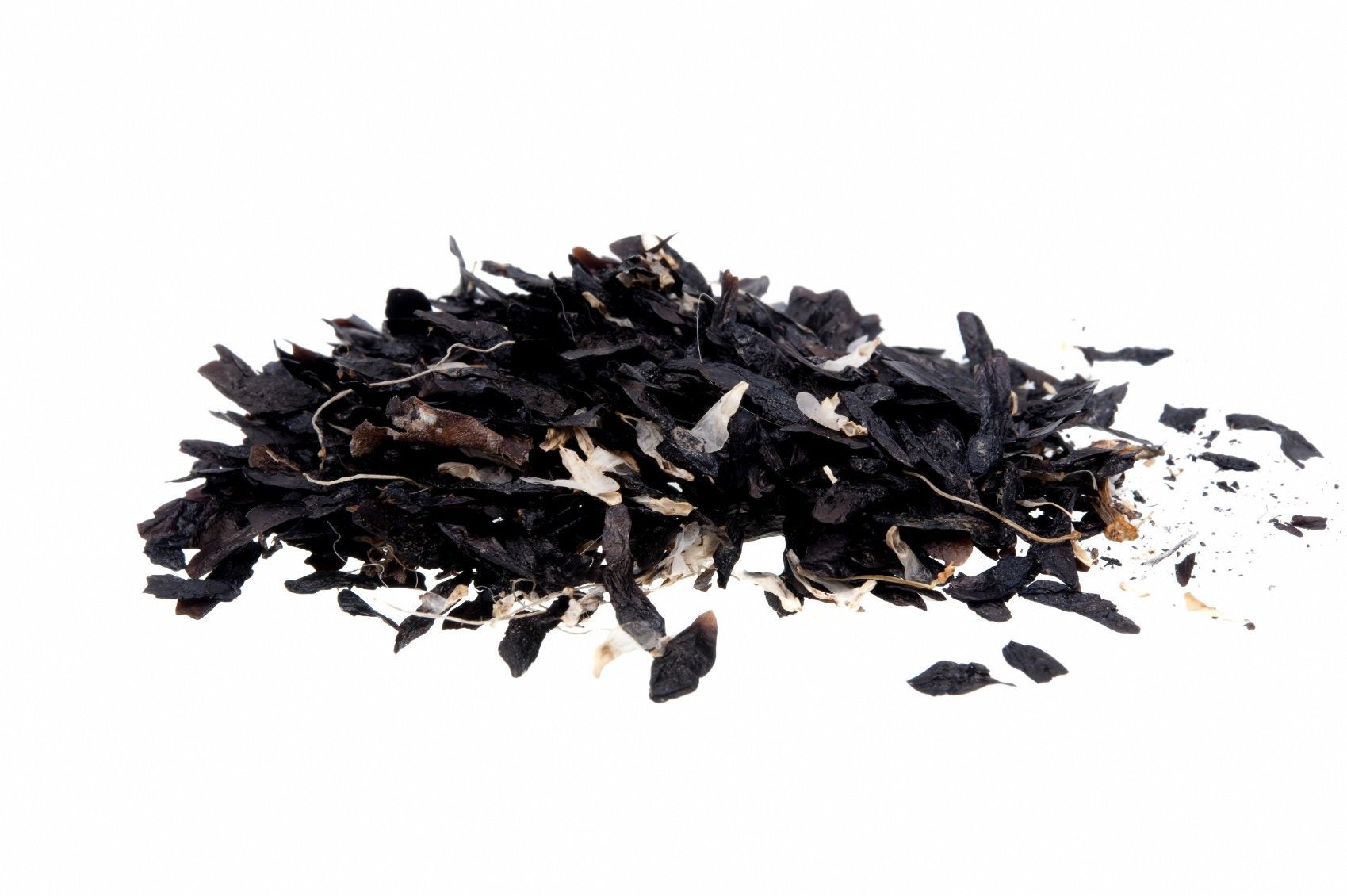Agapanthus Seed Pods – Tips On Propagating Agapanthus By Seed


Agapanthus is a gorgeous plant, but unfortunately, it carries a hefty price tag. The plants are easy to propagate by division if you have a mature plant, or you can plant agapanthus seed pods. Agapanthus seed propagation isn’t difficult, but keep in mind that the plants likely won’t produce blooms for at least two or three years. If this sounds like the way to go, read on to learn about propagating agapanthus by seed, step by step.
Harvesting Seeds of Agapanthus
Although you can purchase agapanthus seeds and you’ll know exactly what color to expect, it’s easy to harvest seeds of agapanthus when the pods turn from green to pale brown in late summer or autumn. Here’s how: Once you have removed the agapanthus seed pods from the plant, place them in a paper bag and store them in a dry location until the pods split open. Remove the seeds from the split pods. Place the seeds in a sealed container and store them in a cool, dry place until spring.
Planting Agapanthus Seeds
Fill a planting tray with good quality, compost-based potting mix. Add a small amount of perlite to promote drainage. (Be sure the tray has drainage holes in the bottom.) Sprinkle agapanthus seeds on the potting mix. Cover the seeds with no more than ¼-inch (0.5 cm.) of the potting mix. Alternatively, cover the seeds with a thin layer of coarse sand or horticultural grit. Water the trays slowly until the potting mix is lightly moist but not soaking wet. Place the tray in a warm area where the seeds will be exposed to sunlight for at least six hours per day. Water lightly whenever the surface of the potting mix is dry. Be careful not to overwater. Move the trays to a cool, bright area after the seeds germinate, which usually takes about a month. Transplant the seedlings into small, individual pots when the seedlings are big enough to handle. Cover the potting mix with a thin layer of sharp grit or coarse, clean sand. Overwinter the seedlings in a greenhouse or other protected, frost-free area. Transplant the seedlings into larger pots as needed. Plant the young agapanthus plants outdoors after all danger of frost has passed in spring.
Sign up for the Gardening Know How newsletter today and receive a free copy of our e-book "How to Grow Delicious Tomatoes".

A Credentialed Garden Writer, Mary H. Dyer was with Gardening Know How in the very beginning, publishing articles as early as 2007.